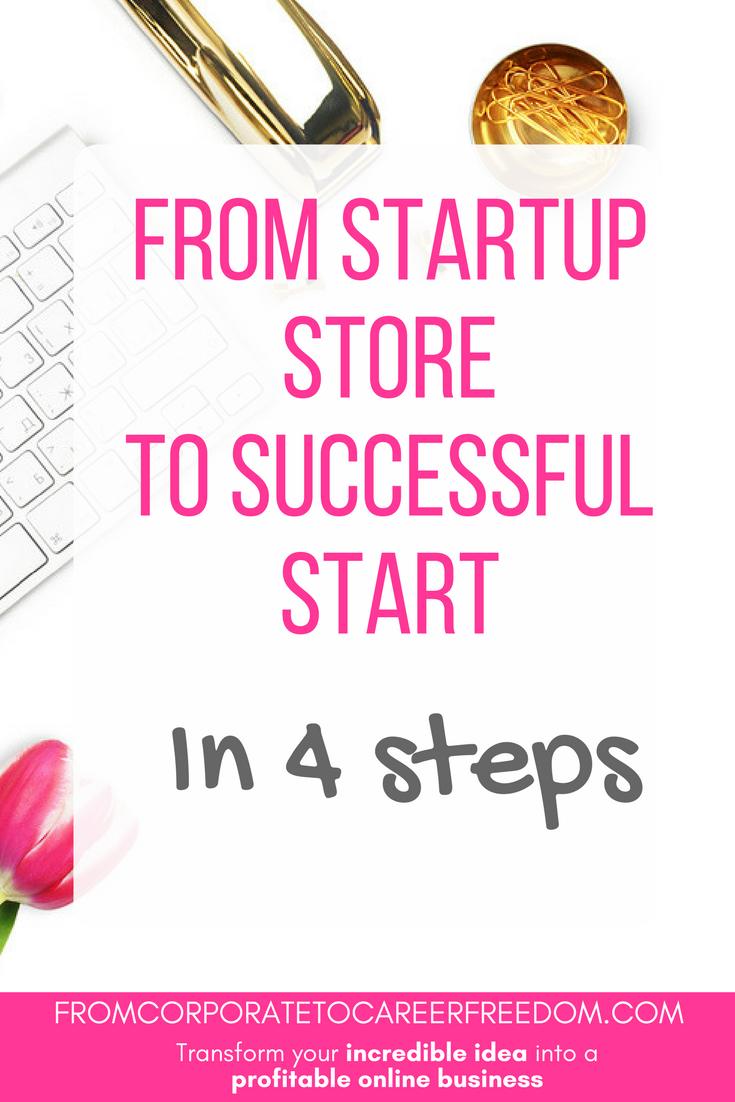Having a shop, like a physical shop, one you can waltz into and buy tidbits from, was once considered a massive advantage. It was the only way a retail brand could be successful. But that’s all changed. Nowadays, the biggest success stories are the ones that burst onto the scene through the internet; the ones that new the future was all about e-commerce.
This is a contributed post. Please refer to my disclosure for more information.
Amazon, ASOS, Mr Porter, Pretty Little Thing and all these massive brands that began as nothing more than a dot-com idea. But the really good news is, well, the e-commerce explosion isn’t showing any signs of slowing down. Of course, you can only hope to see results if you approach this opportunity the right way.
To help you with this, we put our brain cells together and came up with some top tips and bits of advice to ensure your venture into the realm of e-commerce is as a successful as your dreams hope it to be:

1. Rushing Will Fail Spectacularly
Nothing is going to pop your balloon faster than a rushed launch. It’s the number one reason why so many e-commerce entrepreneurs become a statistic and not a success. The point is this: you only get one shot at a big launch – at a first impression – so don’t mess it up. Sure, you can buy a domain name and even put a “coming soon” page online, but for everything else, please bring on board a specialist in small business web design. There is just too much groundwork to ignore, from SEO needs to content marketing, paid advertising to analytics. In short, make it absolutely perfect before lifting the curtain.
2. Mobile Is A Must-Have
We don’t want to say the crystal ball is pessimistic, but if you don’t think about making your e-commerce site mobile-friendly or, better yet, mobile-first, then you are going to be irrelevant in three years. You will. Almost all internet browsing and shopping is done through smartphones and tablets these days. Don’t believe us, then explain how spending via mobile is set to hit $630 billion this year (that’s an increase in over $420 billion in just four years).
3. As User-Friendly As Possibly
There is one major flaw in the world of e-commerce: you don’t have the sensory advantage. Your customers can’t touch or smell or try on your products before making a purchase, nor can we see this ever changing. That’s why you need to overcompensate for this by making your site as user-friendly as possible. Make the buying process as one-click as possible, make the pricing appropriate, help them understand the sizing guidelines, have lots of product pictures, photograph every colour option, tell them the sizes of the model in the photograph, offer free delivery and free returns, and simplify the shopping process. It’s your only hope.
4. Become Much More Social
Some people choose to outsource their social media needs, and you can too. However, you need to accept you won’t be as successful if you do. Why? Because the more you understand and use social media the more you will understand what sort of lives your customers are leading. Don’t get us wrong, you can hire a person to look after this, someone who’s an expert in it, but you need to have one eye on it too.
What To Read Next
Check out the latest marketing trends that are going to help your startup grow in 2018
Grab this free list of recommended resources that will help you to launch your new online business




